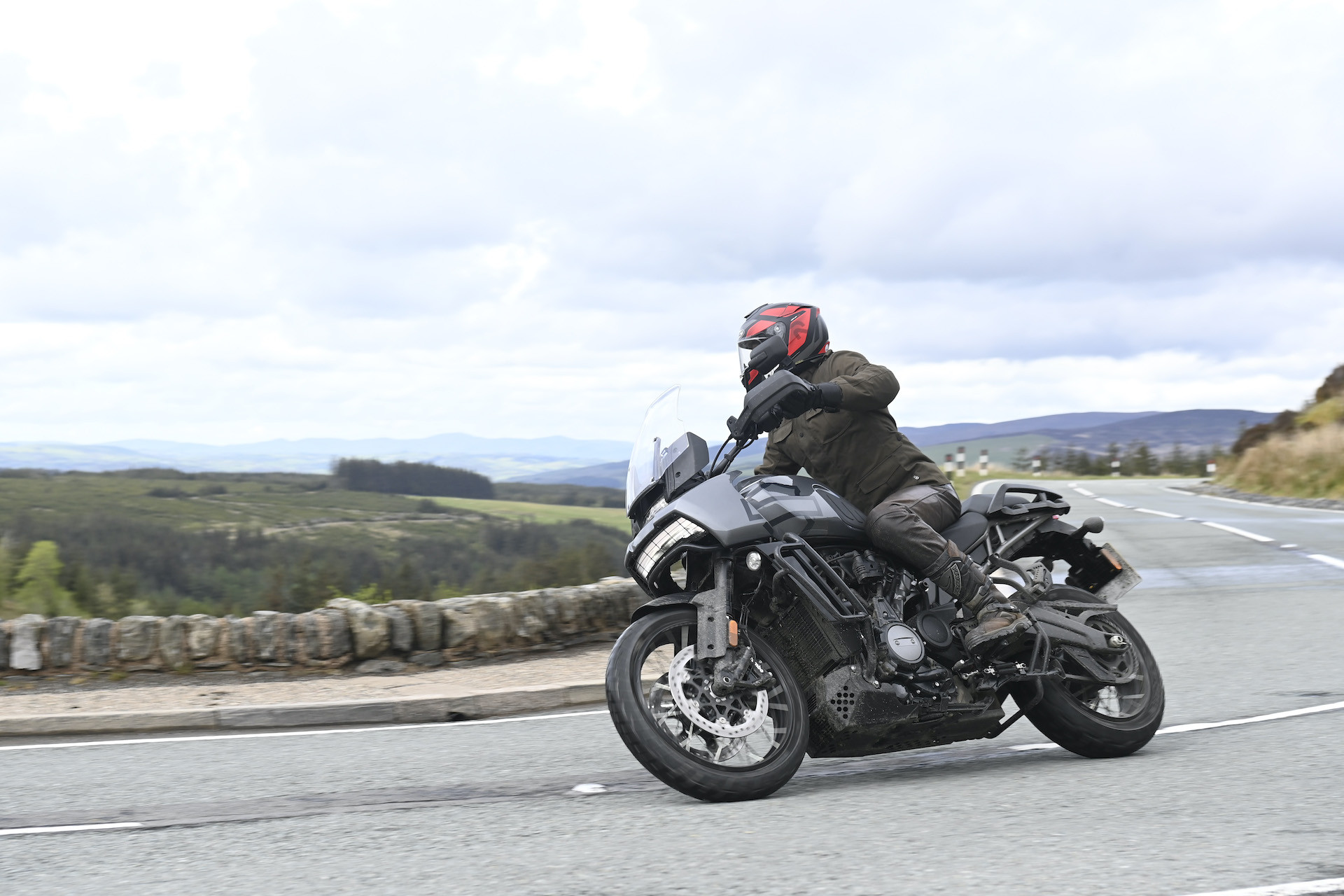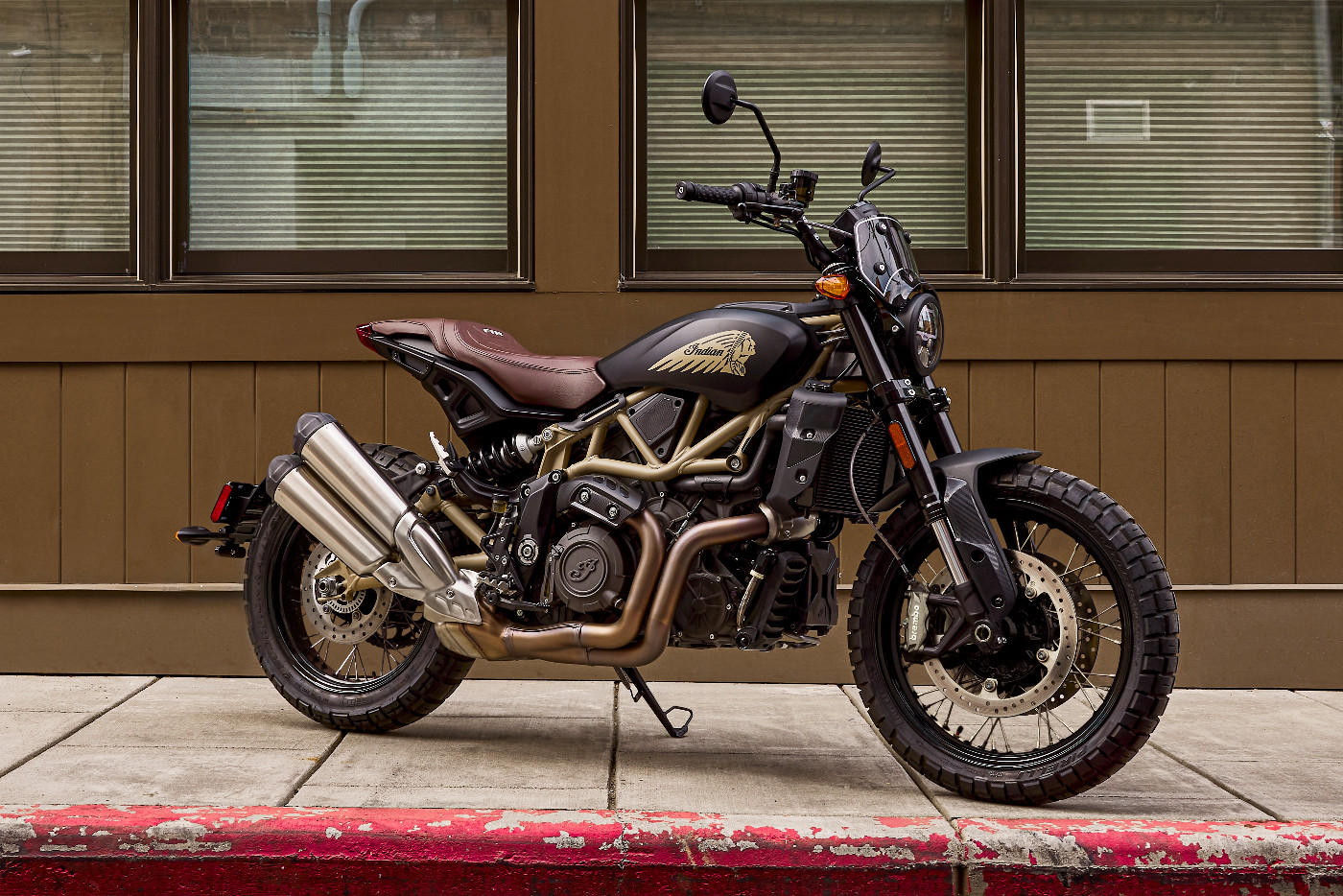Indian Motorcycle’s recent update to their Scout platform has been hailed as a pivotal moment, their “GS moment,” drawing parallels to the BMW GS series’ significance. This comparison, highlighted in Bike magazine, underscores the Scout’s importance, representing a substantial 40% of Indian’s total sales. This update begs a question: if Indian is serious about market dominance, why isn’t there an Adventure Bike in their lineup?
Interestingly, the Scout’s success might be indirectly linked to Harley-Davidson’s strategic shifts. As Harley moved away from air-cooled Evo Sportsters, one wonders if Scout sales experienced a boost. Personal experiences suggest that while the new Sportsters offer marginal performance and tech advantages, the classic appeal of an Indian Scout Bobber remains strong. However, sales figures for the new Sportster platform paint a less rosy picture, plummeting by 46.2% in 2023 and constituting a mere 10.1% of Harley’s overall sales. The underperforming Pan America platform, contributing only 2.8%, further emphasizes Harley’s current struggles in diversifying its offerings.
 Indian Pan America Adventure Bike Speculation
Indian Pan America Adventure Bike Speculation
An adventure bike from Indian could potentially outperform even the liked Pan America in the competitive market.
While a fan of the Pan America, the sales statistics raise a crucial point. Instead of merely being “Indian’s GS” through the Scout, shouldn’t Indian be directly competing with BMW by producing a genuine GS-style adventure bike? Did internal strategies at Indian shift away from this seemingly logical expansion?
Looking back, the launch of the Indian FTR 1200 in 2018 hinted at broader ambitions. A leaked Polaris document (Polaris being Indian’s parent company, known for their off-road expertise with ATVs and side-by-sides) revealed plans to extend the FTR platform into various motorcycle categories, including a street-focused model (which materialized as the FTR and FTR Sport in 2021) and, crucially, an adventure bike. The timeline suggested a 2021 release for this adventure bike, following the 2020 street version.
 Indian FTR 1200 Design and Potential for Adventure Model
Indian FTR 1200 Design and Potential for Adventure Model
The visually appealing design of the FTR platform sparked initial excitement for a potential adventure bike variant within Indian’s lineup.
The anticipated adventure bike didn’t appear. The pandemic years undoubtedly disrupted manufacturing and launch schedules. While the street FTR arrived, albeit delayed, 2024 is here, and the Indian adventure bike remains absent. This absence is particularly striking considering the current motorcycle market landscape.
It’s hard to name another major motorcycle manufacturer in the 500cc+ category lacking a dedicated adventure bike, adventure tourer, or at least an adventure-styled sport tourer. From the KTM 890 Adventure R to the Triumph Tiger 1200 GT and the BMW S 1000 XR, the adventure segment is heavily populated. Indian stands out as the exception.
While following the crowd isn’t always necessary, Indian’s parentage makes an adventure bike a particularly sensible direction. Polaris’ off-road DNA, evident in their popular side-by-sides and ATVs, positions Indian uniquely to enter the adventure market authentically. Unlike Harley-Davidson or even Royal Enfield, whose adventure bike entries might have initially raised eyebrows, an Indian adventure bike feels like a natural extension of their brand and Polaris’ expertise.
Despite a saturated adventure motorcycle market, Indian could carve out a significant share. Their historical plans suggest they recognized this potential years ago. Perhaps they still do.
 Indian FTR Rally as a Soft Adventure Bike
Indian FTR Rally as a Soft Adventure Bike
The FTR Rally, with its knobby tires, represents Indian’s closest offering to an adventure bike, but it’s more of a soft-roader compared to true adventure models.
Polaris’ financial discipline, learned through the Victory Motorcycles experience, likely plays a role. Victory, despite its engineering and design aspirations, faced limitations due to cost concerns. The pandemic further tightened purse strings. Reports indicate Polaris focused on cost-cutting measures after lower-than-expected profits.
This financial caution translates to focusing on proven models like the Scout and Chief, and perhaps brand collaborations, rather than risky ventures into new segments like adventure bikes. However, the silver lining is Indian achieving profitability in 2023 after nine years. This financial turnaround might revive the shelved FTR adventure bike project for 2025, especially if the Scout updates are successful. Hope remains.
On a less optimistic note, Indian’s electric motorcycle ambitions seem to be on indefinite hold, given the current financial climate and strategic focus.
What’s Next for Indian and the Adventure Market?
The question remains: will Indian finally embrace the adventure bike market? Their heritage, combined with Polaris’ off-road expertise and the clear market demand, suggests a strong potential for success. The updated Scout platform may be “Indian’s GS moment” for cruisers, but the true GS moment – conquering the adventure bike segment – is still waiting to happen.
